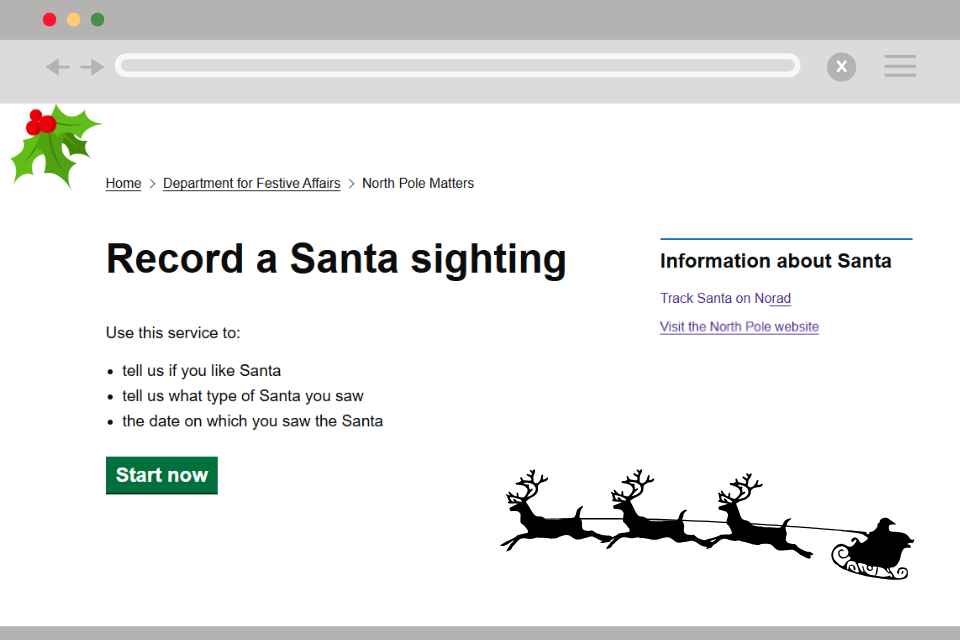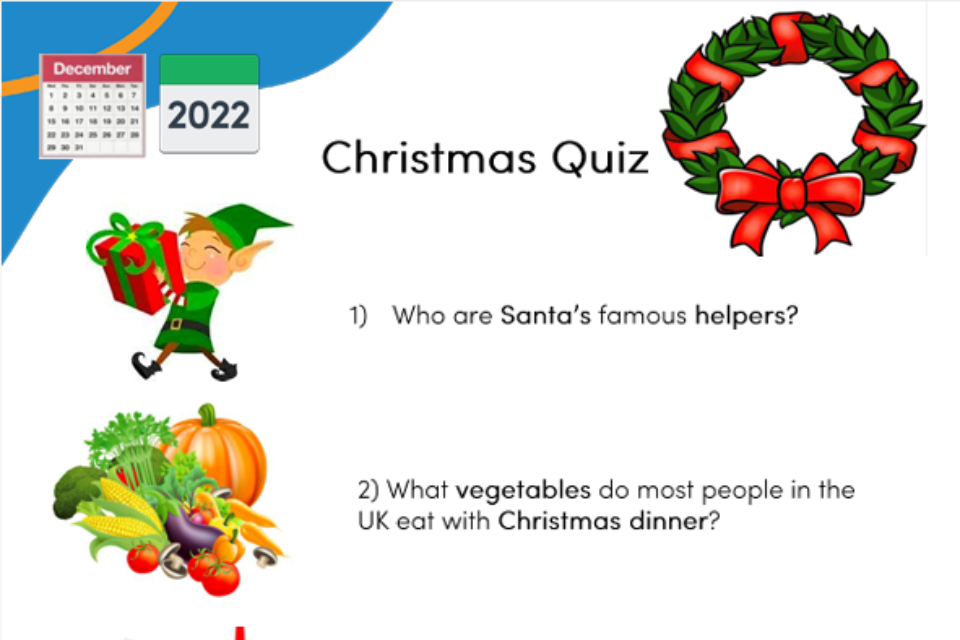Day 15: Plain English for accessibility
Writing in Plain English is essential for creating accessible digital content. The goal is to make text clear and easy to read for as many people as possible. Plain English helps ensure that users of all reading levels can access information quickly and efficiently. The GOV.UK style guide uses Plain English.
Today, Catherine McGowan shares her tips for writing in Plain English.
Tips for writing in Plain English
When writing content, aim for a reading age of 9. This helps make content clear, quicker to read, and easy to understand.
Simple words
Avoid using overcomplicated words. Often, a simpler word can be used instead.
Example: adorn
Change to: decorate
Short and simple sentences
The longer the sentence, the less likely people will be able to understand it. If your sentence is more than 25 words, consider splitting it into two sentences.
Example: It is very important that you should check the items on your Christmas shopping list (if you are Santa, check the list twice), then make sure you have all the presents wrapped, and then head to the shops to pick up anything missing before Christmas Eve.
Change to: Check your list for presents (Santa, check twice!). Then wrap them. If anything is missing, go to the shops before Christmas Eve.
Metaphors
Avoid the use of idioms, figures of speech, or metaphors. Some users may interpret these in a literal sense, which can be confusing.
Example: Let's deck the halls
Change to: Lets decorate for Christmas
Directions
Avoid using directions as the only way for users to find something. Use subheadings and a logical content flow to avoid the need for this.
Example: see below for the naughty and nice list
Change to: The naughty and nice list is in the next section
Acronyms
Limit the use of abbreviations or acronyms and always explain what they stand for.
Example: Use the NORAD Santa tracker
Change to: Use the Santa tracker from North American Aerospace Defense Command (NORAD).
Example: XMASChange to: Christmas (Xmas)
Descriptive Headings
Each heading must accurately describe the content contained within it without being too long.
Example: Christmas info
Change to: Ten ways to have an inclusive Christmas
Descriptive Links
Links must make sense out of context and be understood when read alone. It should accurately describe what an action will do or where it is taking the user. URLs should never be used unless in a document created for printing only.
Example: Click here
Change to: Record a Santa sighting

Images and videos
Images and videos can be used alongside text for individuals who may prefer these methods of understanding information.
Easy Read formats
Easy Read formats could also be used as well as other types of content, particularly if its complex. Easy Read documents are documents which combine short sentences with simple, clear images to help explain the content.
Try the Easy Read Christmas Quiz from Include.org which is also available in audio format.
